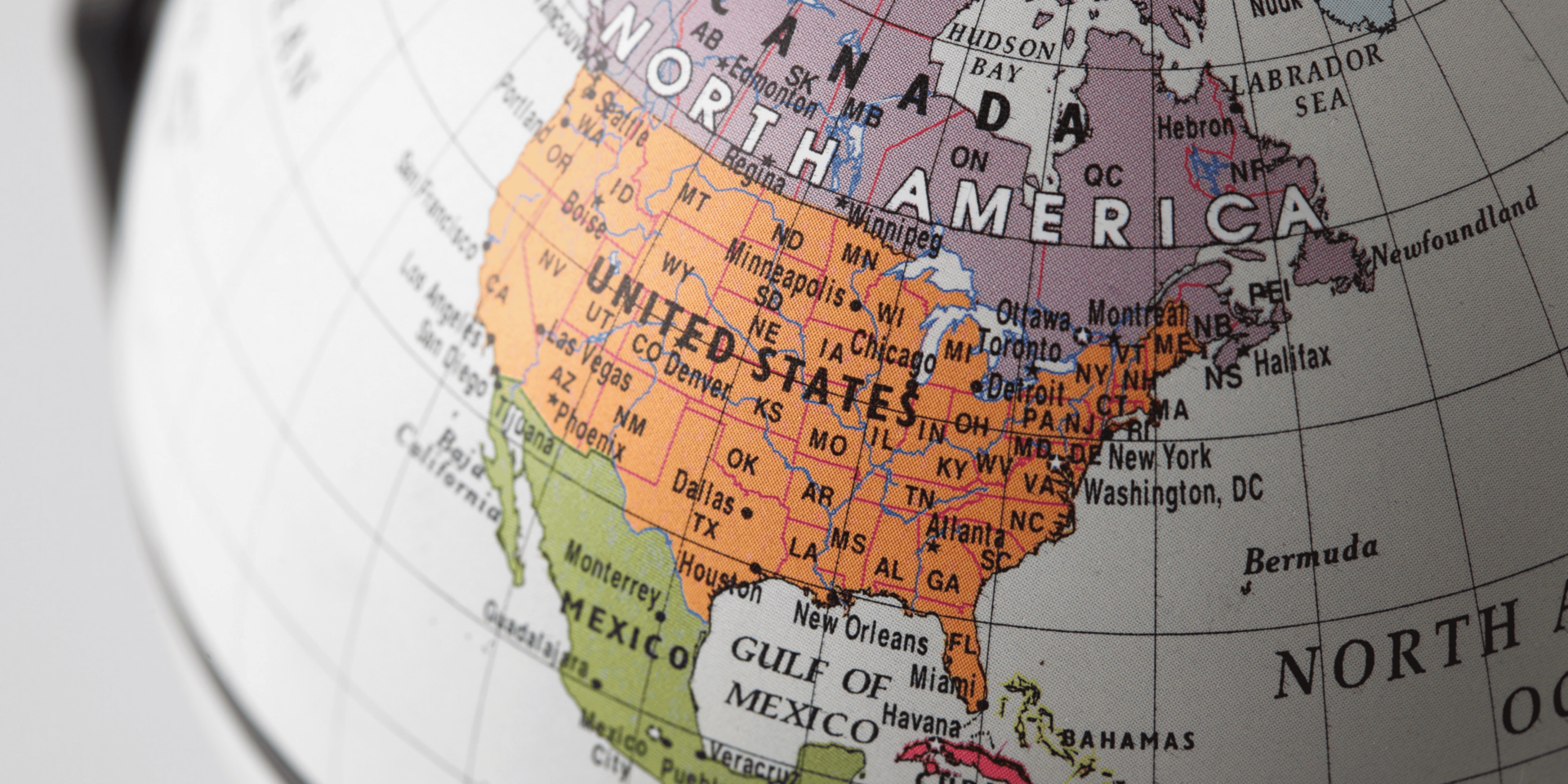Geography as the Framework of American Identity
Geography has shaped American culture by influencing where people settled, how they lived, and the values they carried forward. Landscapes, waterways, and climates created opportunities and obstacles that defined the nation’s character. Every region reflects a distinct relationship with its environment, and those relationships continue to influence identity today.
Rivers and Waterways as Pathways of Growth
Rivers provided the earliest lifelines for communities across America. Settlements clustered along waterways because they offered transport, trade, and fertile land. The Mississippi River, Great Lakes, and countless smaller rivers linked towns to larger networks of exchange. The flow of goods and people across these routes embedded a culture of mobility and expansion. Geography ensured that water was not only a natural resource but also a foundation for social and economic growth.
Mountains and the Culture of Resilience
Mountain ranges carved out distinct cultural traits in the regions they dominate. The Appalachians shaped small farming communities that valued independence, while the Rockies fostered a frontier spirit centered on endurance. Isolation in mountain valleys reinforced local traditions, music, and dialects that remain part of regional identity. Geography demanded resilience, and the people who lived there carried that strength into the cultural fabric of the nation.
Plains and the Culture of Expansion
The vast American plains provided the space for expansion and agriculture on a massive scale. Open land encouraged settlement patterns that prized self-reliance and productivity. Farming communities developed practices that fed cities and drove economic growth. Geography offered both opportunity and hardship, as droughts and storms tested the ability of communities to adapt. The plains gave rise to a culture shaped by endurance and innovation in the face of environmental extremes.
Coastlines and the Culture of Connection
The Atlantic and Pacific coasts shaped the nation by connecting it to the wider world. Eastern ports opened trade with Europe, while western harbors linked to Asia and the Pacific. Coastal cities grew into centers of commerce, migration, and cultural exchange. Geography placed these regions at the intersection of global networks, and that constant flow of people and goods created diverse communities with outward-looking perspectives.
Climate and the Rhythm of Daily Life
Climate influenced not only agriculture but also daily habits, architecture, and social traditions. Harsh winters in the north fostered compact towns and communal practices for survival. Warm southern climates encouraged open layouts and seasonal rhythms centered on planting and harvest. Extreme climates demanded adaptation, shaping how Americans organized work, built homes, and celebrated milestones. Geography ensured that culture developed in step with the weather patterns of each region.
A Realistic Scene of Geography in Action
In a coastal fishing town at dawn, boats push away from the harbor while gulls circle above. The salty air clings to wooden piers as workers prepare nets for the day ahead. Families gather at the docks, balancing tradition with the demands of modern markets. The town’s rhythm reflects the ocean’s pull, showing how geography dictates not just labor but also community life. Every detail of the scene connects back to the land and sea, grounding culture in its environment.
Regional Diversity as a Product of Geography
Regional differences across America stem directly from geography. The fertile valleys of California, the industrial centers near the Great Lakes, and the cotton fields of the South each produced cultural identities tied to their landscapes. These differences shaped music, cuisine, and traditions that continue to define regional pride. Geography ensured that American culture would never be uniform but instead a collection of distinct voices tied to place.
Geography as a Force in National Development
The nation’s expansion and development depended on its geography. The push westward, the building of canals and railroads, and the growth of industrial centers all responded to the land’s features. Geography provided resources, but it also dictated where cities could rise and where transport networks could reach. These choices created long-lasting patterns of settlement that still shape the cultural map of the United States.
Geography as the Hidden Thread in Culture
The hidden influence of geography on American culture reveals how land, water, and climate guided the nation’s identity. Rivers created mobility, mountains fostered resilience, plains encouraged expansion, coasts drove connection, and climates shaped daily life. Regional differences and national development both emerged from the interaction between people and environment. Every aspect of American culture carries the imprint of geography, making the land itself a constant presence in the nation’s story.

